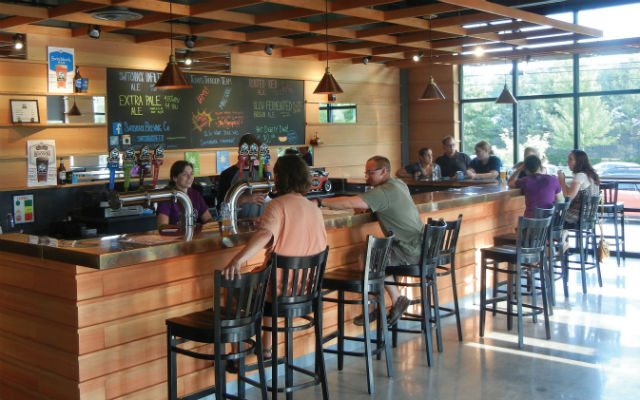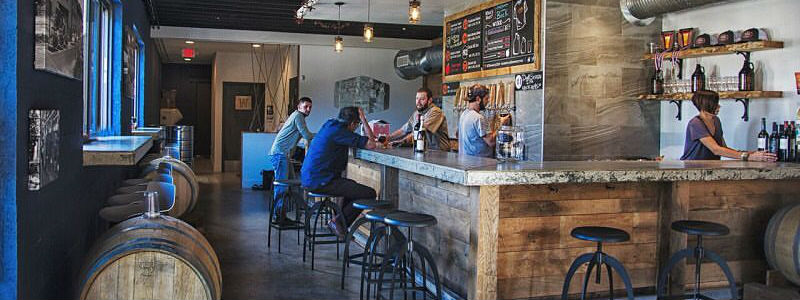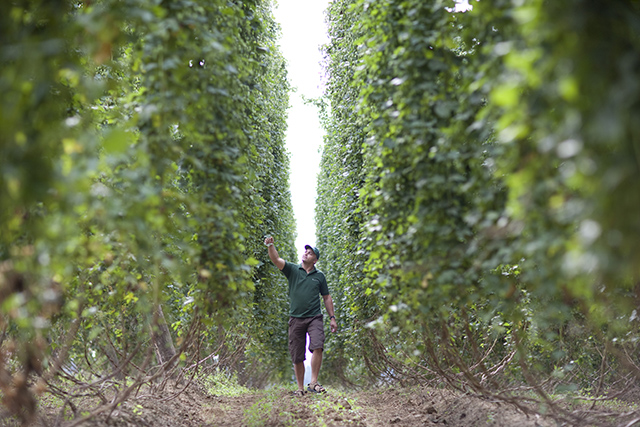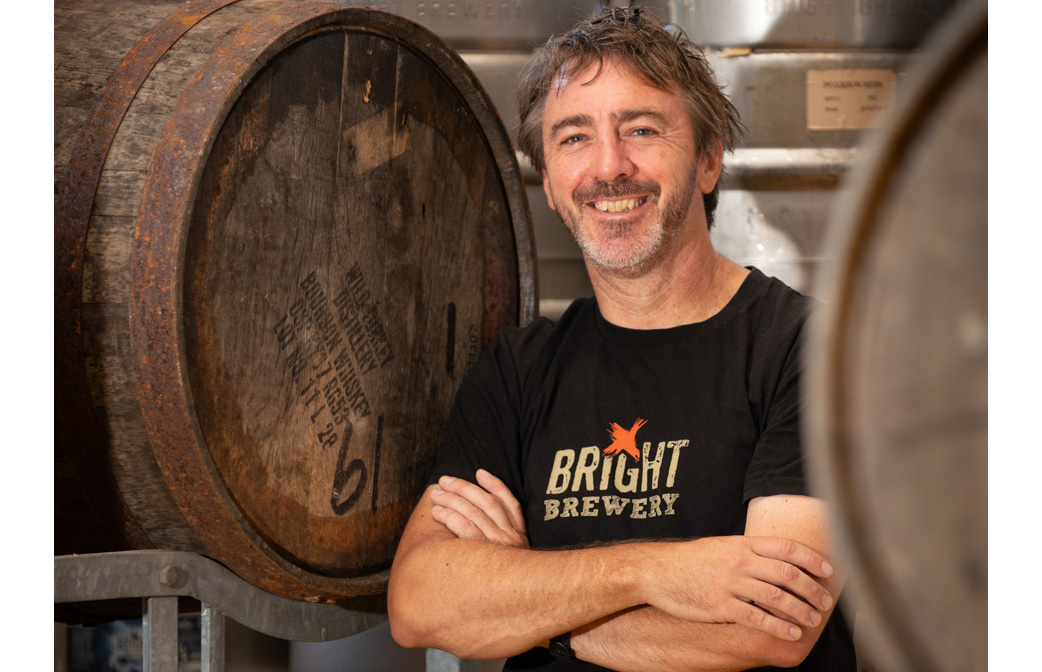
Having a clear voice across multiple platforms takes planning. Breweries make a strategy to ensure that they are on-point with a message week in and week out. But at the same time, it doesn’t want to come off as rigid and manufactured either.
“We try to focus on the community as much as we focus on the beer,” said Angel City‘s Dan Shapiro. “People want to connect with people, so we like to highlight all of the cool things that are happening at the brewery, the great partners that we’re working with, and the awesome things people do to inspire our beers.”
Having a point person for social media allows breweries to be even more dynamic in targeting cross-promotional opportunities, craft beer influencers, real-time industry trends and more, said Dust Bowl’s Liz Jaureguy.
“It’s even opened the door to coordinate more unique content from across the company,” she indicated.
And each platform has its own way to engage an audience, pointed out Grand Canyon‘s Alexander Phillips.
“You’ve already got them to “like” or “follow” your media, engagement from initial like depends on how each platform works,” he said. “For instance if I post the same picture/event/ announcement across multiple platforms the message may be very much the same but the format presented changes.”
Changes include more long-format writing and tagging on Facebook versus a short message — if any — on Instagram, but rather using multiple (many, many, as he put it) hashtags to draw attention.
“When you link all accounts and post a single picture/message it falls short and comes off lazy,” he said.
Brittany Statt of Rohrbach views Instagram as a strong marketing tool on its own.
”Instagram is highly visual, less informational,” she pointed out. ”It is more “real-time” than Facebook; I would even say I view it more as a behind-the-scenes look into our business than other platforms.
”I’m far more likely to post a goofy, personal photo of a brewer on Instagram than use it in an ad or even put on Twitter.”
Laws can dictate what you can do with your social media promotion. Larry Horwitz, the Chair for the Brewers Association safety subcommittee said in some states breweries cannot actively and directly market for its retail partners. That means that bars and restaurants cannot provide a thing of value to a different tier above a certain dollar amount a year.
“And that dollar amount is pretty darn low,” Horwitz said. “If I was to post ‘Hey! I’m at Rusty Bucket (a Columbus restaurant group) across town. We’re tapping our beer this week,’ the state law forbids that. Because that looks like advertising that I’m providing them for free. And currently that’s illegal [in Ohio].
“Now you and I both know that it’s kind of hard to call an Instagram post advertising, and how do you put a dollar amount on that? What’s that worth?”
Horwitz pointed out that a change in that law could have repercussions though.
“Small breweries are always worried about what big breweries will do if the gloves come off in that kind of stuff,” he said. “Those rules exist to protect one large hegemonic organization from just coming into a market and advertising somebody out of business.
“Small breweries struggle with that because it can keep somebody like ABI from coming in and money-whipping the market. But it also ties our hands a little bit on a marketing channel which is, frankly, very cost effective and and will allow us to get and show connections with our customers in a really authentic way.
“So we love the social media channels. They’re vital to our marketing and communication efforts. But we have to walk gently around them.”





1 Trackback / Pingback